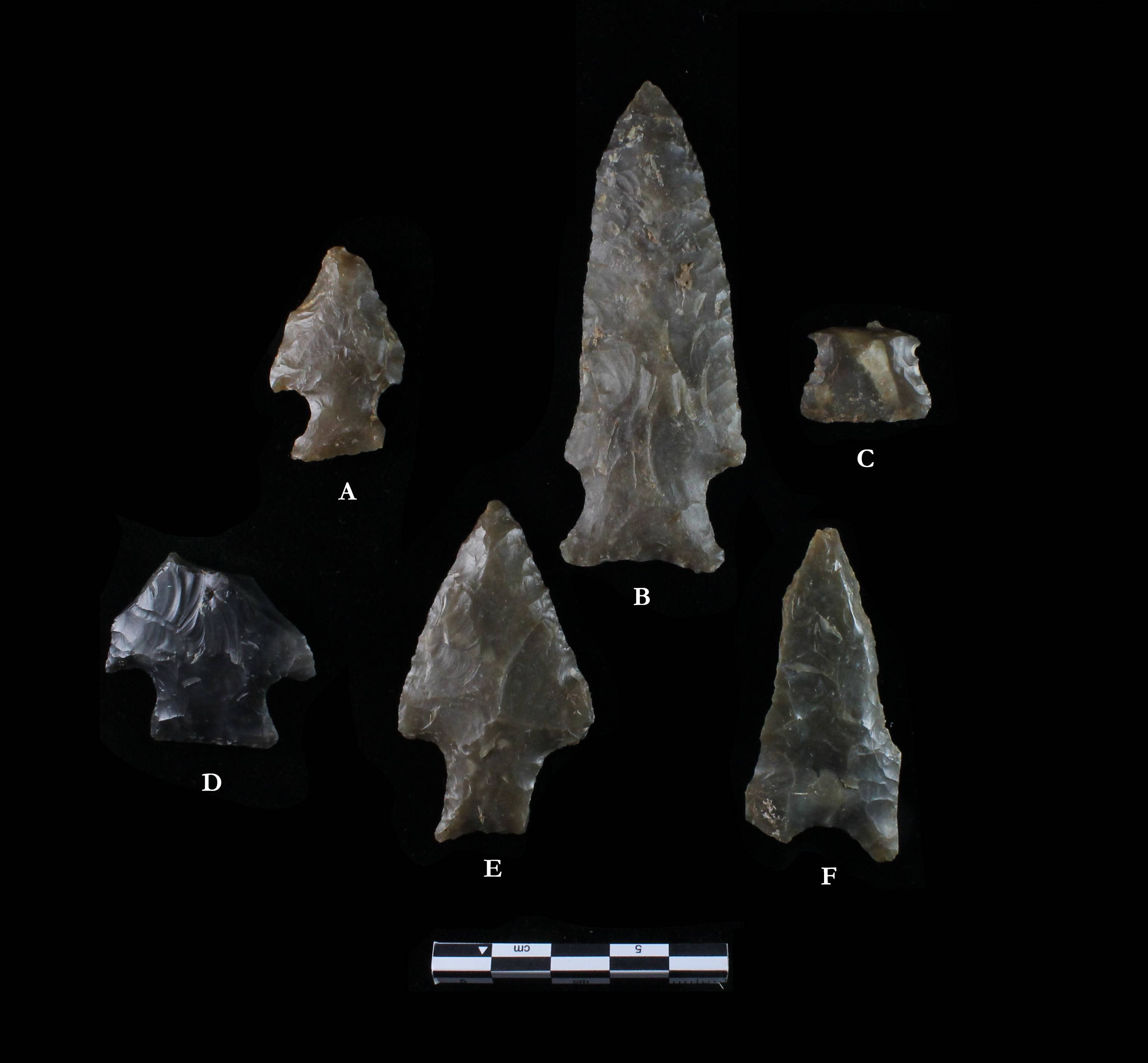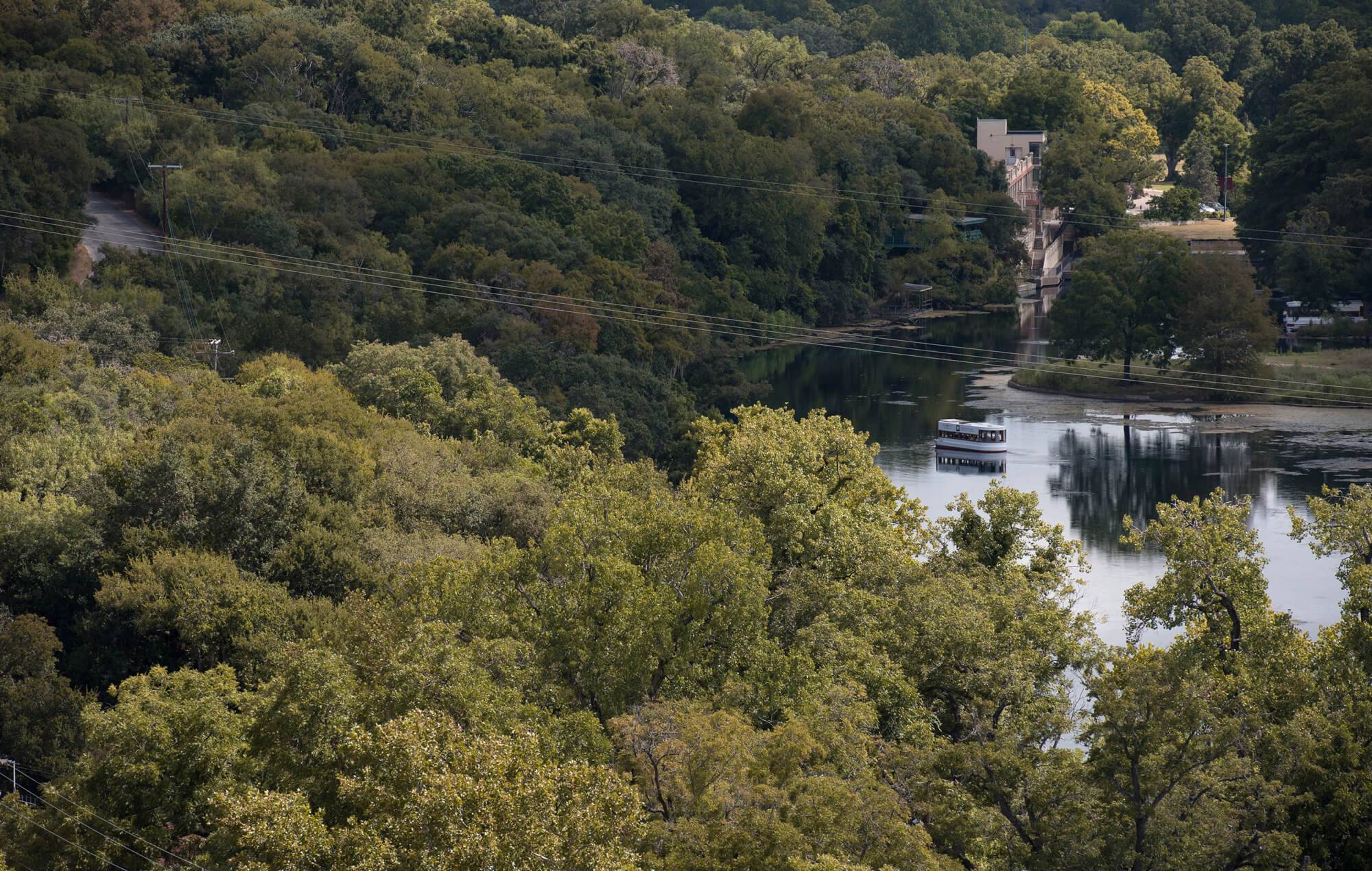Paleoindian Period
The Paleoindian time period marks the earliest human occupation of North America. In addition to hunting large mammals such as mammoth, mastodon, bison, camel and horse, Palioindians also utilized a wide variety of plants and numerous smaller animals. Archaeological investigations at the Spring Lake site have revealed a seemingly continuous record of human occupation beginning more than 13,000 years ago during the Clovis times all the way through the prehistoric sequence to the Spanish Colonial era and into the Historic period. Such a long record at one locale is quite uncommon among known archaeological sites in Texas and even throughout the Americas.
The first evidence of Paleoindian occupation at Spring Lake came from the late Dr. Joes Shiner’s underwater investigations in the 1970s and 1980s. Shiner’s work recovered Early Paleoindian point types such as Clovis and Folsom. However, these specimens were recovered from secondary deposits, which means they were removed from their original context. No intact Early Paleoindian deposits have been identified yet in controlled excavations.
During our 2014 excavations, 6 Late Paleoindian projectile points were recovered, including 1 Dalton and 5 Wilson (also known as Early Stemmed) dart points.

